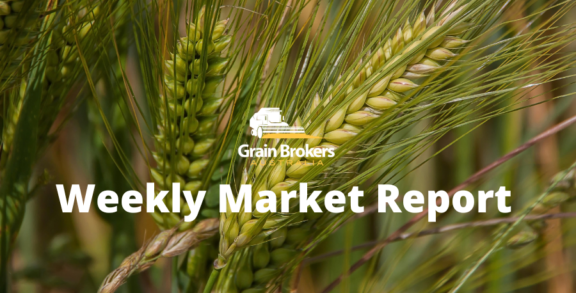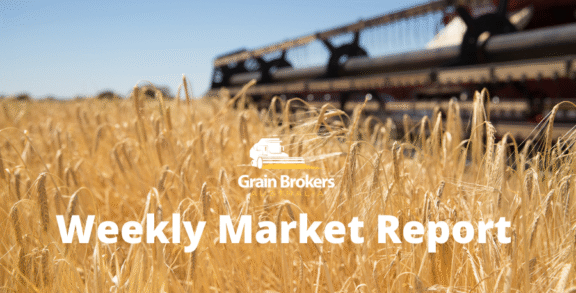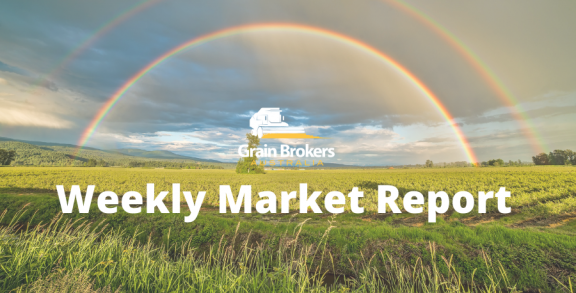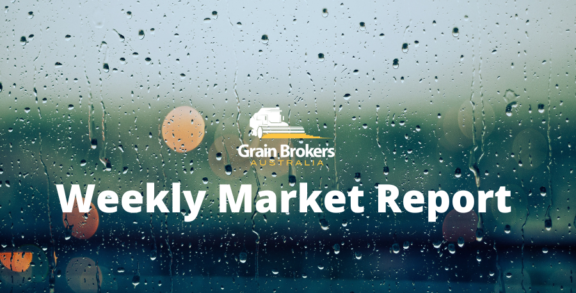
Indonesia is the world’s fourth most populous country and the largest archipelagic nation on the planet, with over 18,000 islands and islets, of which around 6,000 are inhabited. While agriculture is a significant part of the country’s economy, directly supplying food ingredients and providing the main source of employment in rural regions, Indonesia does not produce enough rice to feed its population and imports all of the republic’s wheat requirements.
The Indonesian landmass is largely unsuited to wheat production, with other more appropriate crops, such as palm oil, offering farmers much higher returns. On the steeper mountainous terrain, of which there is plenty, rice becomes a far more practical option. Indonesia is the world’s largest producer of palm oil and the third-largest rice producer.
The nation’s exploding population, new flour-based food trends, and diet diversification are translating into increased demand for wheat flour, which is music to the ears of the domestic flour milling industry. The sector currently includes 30 mills with an installed capacity of around 14.4 million metric tonne, commanding a 99.9% domestic market share.
A total of 23 flour mills are located on the island of Java, the geographic and economic centre of Indonesia and home to more than half its population, five on Sumatra, and two on Sulawesi. Flour consumption is growing so quickly that four new mills are expected to come online in 2024-25.
The Indonesian government only permits flour mills to import wheat, restricting imports by traders and stockfeed mills by way of a five per cent import duty for non-human consumption products. It will only approve wheat imports for stockfeed use when deemed necessary and only through assignments to state-owned enterprises managing government food reserves, such as the National Logistics Agency.
Nevertheless, demand for imported wheat flour increased by 44.7 per cent in the 2023/24 marketing year (July to June) to 75,000 metric tonne of wheat equivalent compared to just under 52,000MT of wheat equivalent in 2022/23. Indonesia sources most of its imported wheat flour from Turkey, which enjoyed a 91.1 per cent market share last year, followed by Vietnam with a 6.2 per cent cut of the import task.
Indonesia’s wheat imports in 2023/24 increased by 33.4 per cent year-on-year from 9.45MMT to a record 12.6MMT, according to trade data analysed by the Jakarta-based team at the Foreign Agricultural Service of the US Department of Agriculture. The notable rise in wheat imports reflects a growing preference for wheat as a cheaper food staple alternative to rice, and higher corn prices forcing stockfeed mills to reduce the proportion of corn in their feed ration in favour of wheat as the primary energy source.
Australia’s contribution to Indonesia’s 2023/24 wheat import program was 4.11MMT or 32.6 per cent of the total. That constituted 18.3 per cent of Australia’s total wheat shipments over the 12-month period. The biggest months were August and July 2023, with 767,000MT and 637,000MMT, respectively. Since October 1, 2020, Australia has exported 99MMT of wheat, with sales to Indonesia coming to 16.1MMT, or 16.3 per cent of the total program. Indonesian imports of Russian wheat increased almost tenfold from 168,000MT in 2022/23 to 1.6MMT in 2023/24.
According to the Indonesian Flour Mills Association, the high price of rice in the domestic market has increased the consumption of instant noodles, especially by lower-income families. Furthermore, the growing Indonesian middle-income cohort, which currently accounts for around 20 per cent of the population, is dominated by Generation Z, who like to try new products and experiences. More upper-end restaurants, noodle stalls serving creative plating, and innovative bakeries offering new and globally trending flour-based food products are also popping up nationwide.
The growing consumption pushed food sector demand 8.2 per cent higher to 9.2MMT of wheat equivalent in 2023/24, compared to the 8.5MMT of wheat equivalent utilised in 2022/23. And with a continuation of the consumer preference swing to wheat-flour based food, FAS expects the upward trend to be sustained in 2024/25, calling the food sector intake 3.3 per cent higher again at 9.5MMT.
Wheat is also an increasingly critical ingredient in stockfeed rations. Approximately 90 per cent goes into the intensive poultry industry, with aquaculture accounting for six per cent and cattle and swine the remaining four per cent. Indonesia’s feed mill sector consists of 110 feed mills in 10 provinces, 81 of which are on Java, the world’s most populous island. In 2023, the total installed poultry feed capacity was approximately 27.6MMT, on par with the previous year, and the mills are reported to be running at 70-75 per cent of total capability.
Current forecasting from the poultry association suggests a six per cent increase in the flock over the next 12 months. A pronounced swing from corn to wheat to meet carbohydrate requirements in poultry feed formulations saw wheat consumption for stockfeed almost double from 1.1mmt in 2022/23 to 2.1mmt last season. FAS forecasts it to rise by another 4.8 per cent in 2024/25 to 2.2MMT, driven by high corn prices and the burgeoning poultry sector demand.
Indonesia’s record wheat import program in the recently concluded 2023/24 season saw carry-out stocks increase by 900,000 metric tonne to 2.1MMT, notwithstanding the significant increase in internal consumption. According to FAS, the higher wheat carry-in this marketing year will likely see Indonesian wheat imports drop by 600,000MT to 12MMT, maintaining a similar carry-out at the end of 2024/25, despite the aforementioned 400,000MT increase in domestic demand across both the flour milling and stockfeed sectors.
Assuming Australia maintains a similar proportion of the task, that pencils the land down under in for approximately 3.9MMT of wheat shipments to its northern neighbour this season, especially with a smaller crop and lower exportable surplus in Russia and production troubles brewing in Argentina.
Call your local Grain Brokers Australia representative on 1300 946 544 to discuss your grain marketing needs.
Written by Peter McMeekin.





